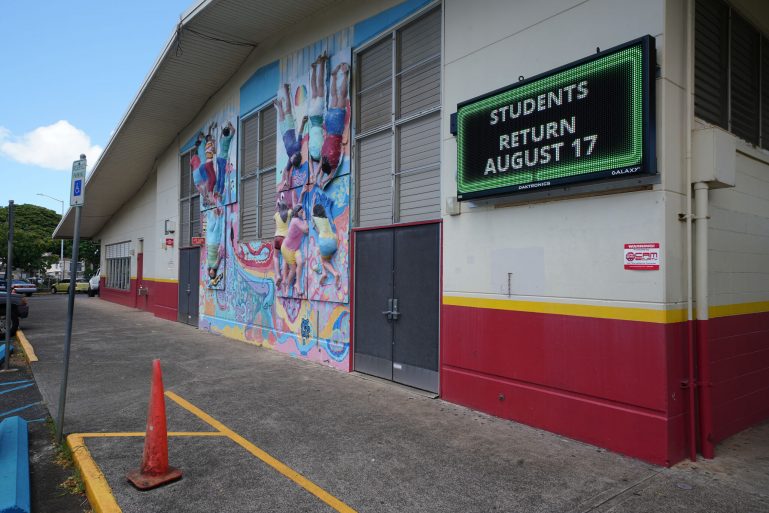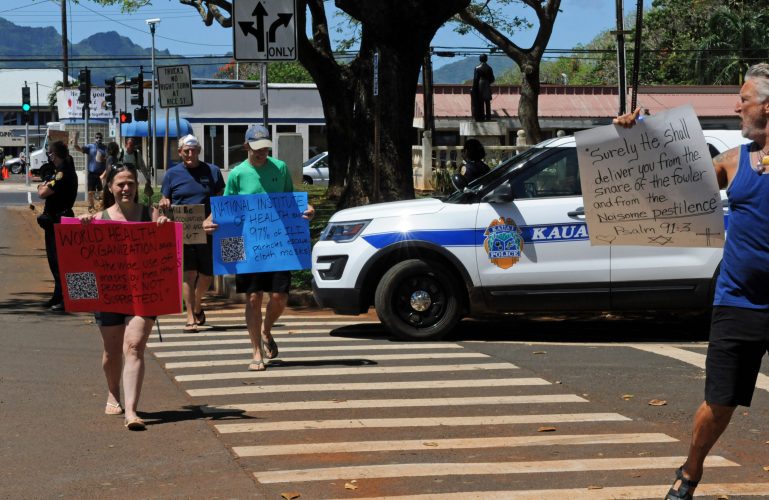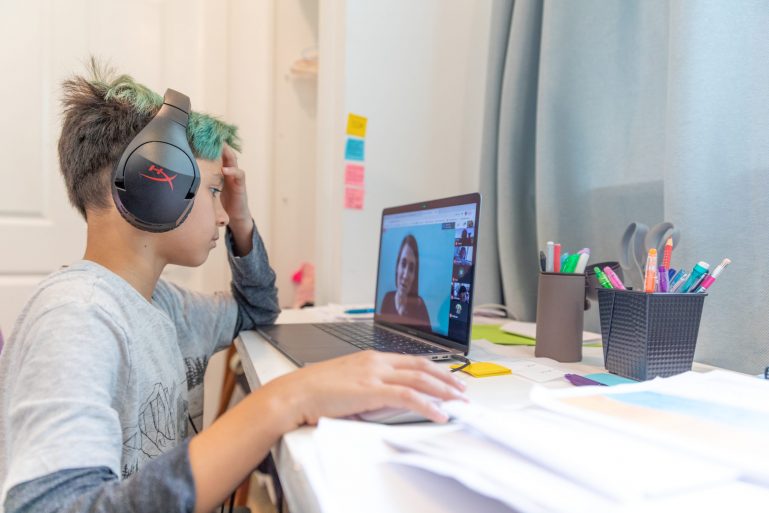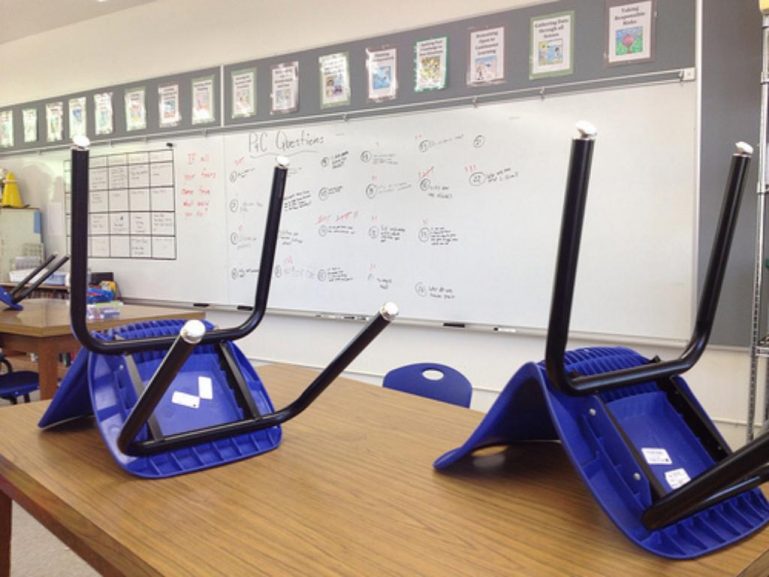In a perfect, pandemic-less world, the most ideal educational setup is for students to be in a classroom with their teacher.
It allows for more active and engaging lessons to take place; physical space can be utilized more creatively; and important social and cooperative skills can be seamlessly baked into academic learning. Students can ask questions at the exact moment of confusion, and teachers can engage in a fluid back-and-forth with the class until clarity is reached.
The simple human acts of reading facial expressions and feeling classroom energy are powerful teaching tools, and that’s to say nothing of the obvious societal benefit of parents being able to work knowing where their children are and what they’re doing.
Distance learning, on the other hand, is rife with inequities regarding the number of computers per person in different households, discrepancies in internet connectivity and speed, and other home-related instability that gets equalized in a shared classroom.
Despite the growing chorus of sniveling Nostradamuses predicting YouTube will one day obviate traditional schooling, there are very real challenges to digital education that make a permanent pivot seem as impossibly distant as an electric car in every home, or the rail getting completed.
But we’re not in a perfect pandemic-less world, and we have to make do with the situation we’re actually in. This means distance learning will to some degree be a part of our lives, from elementary schools to universities…
Read more at Honolulu Civil Beat
Read more





